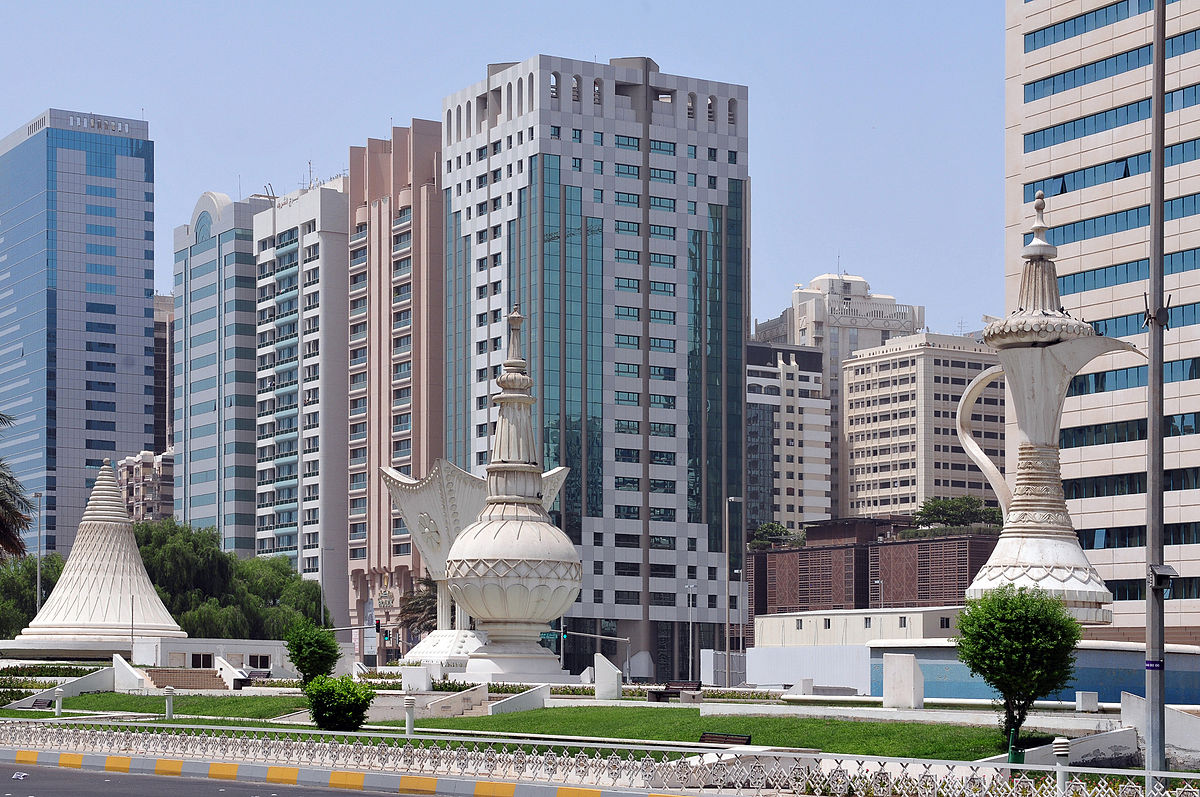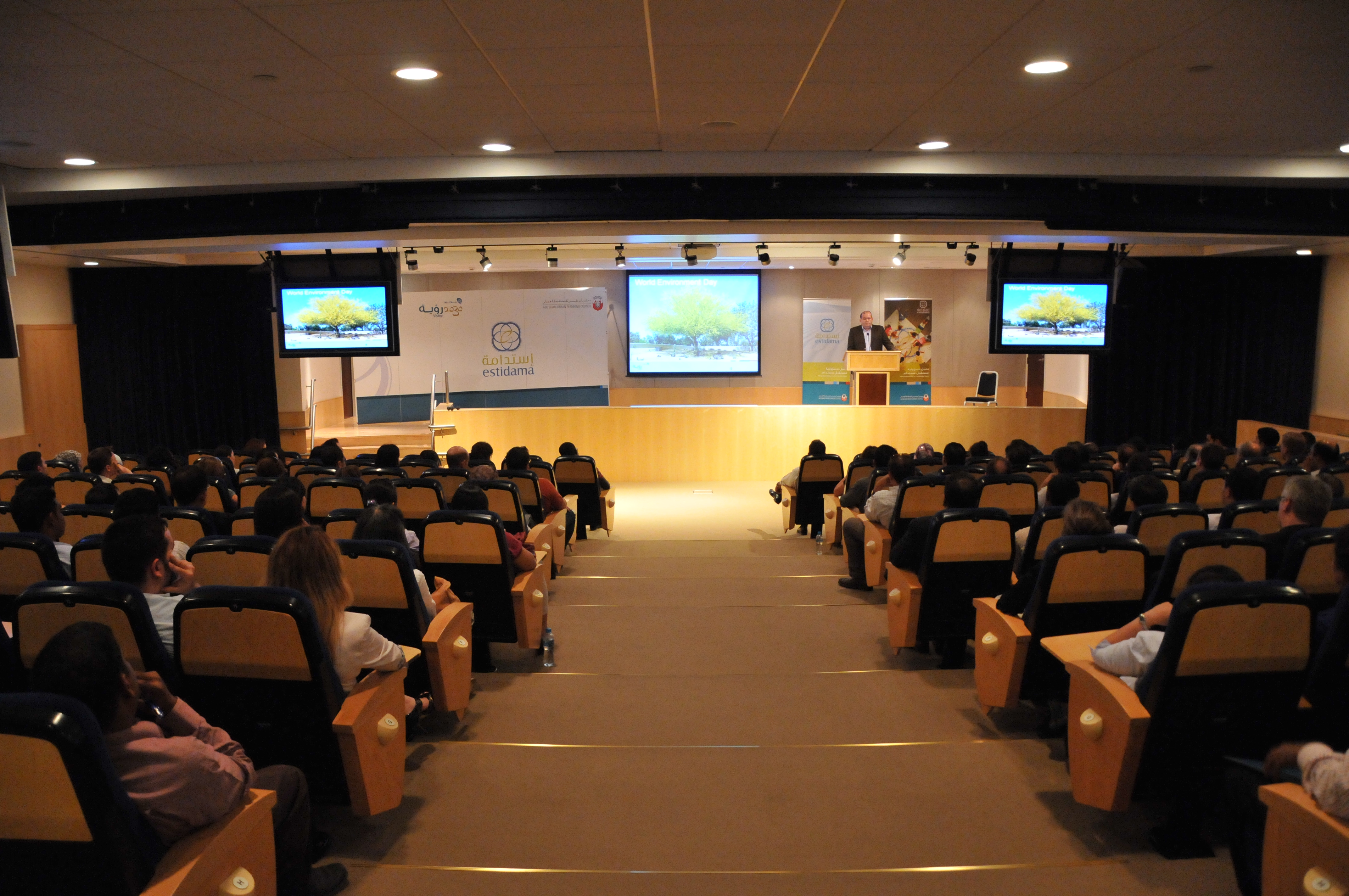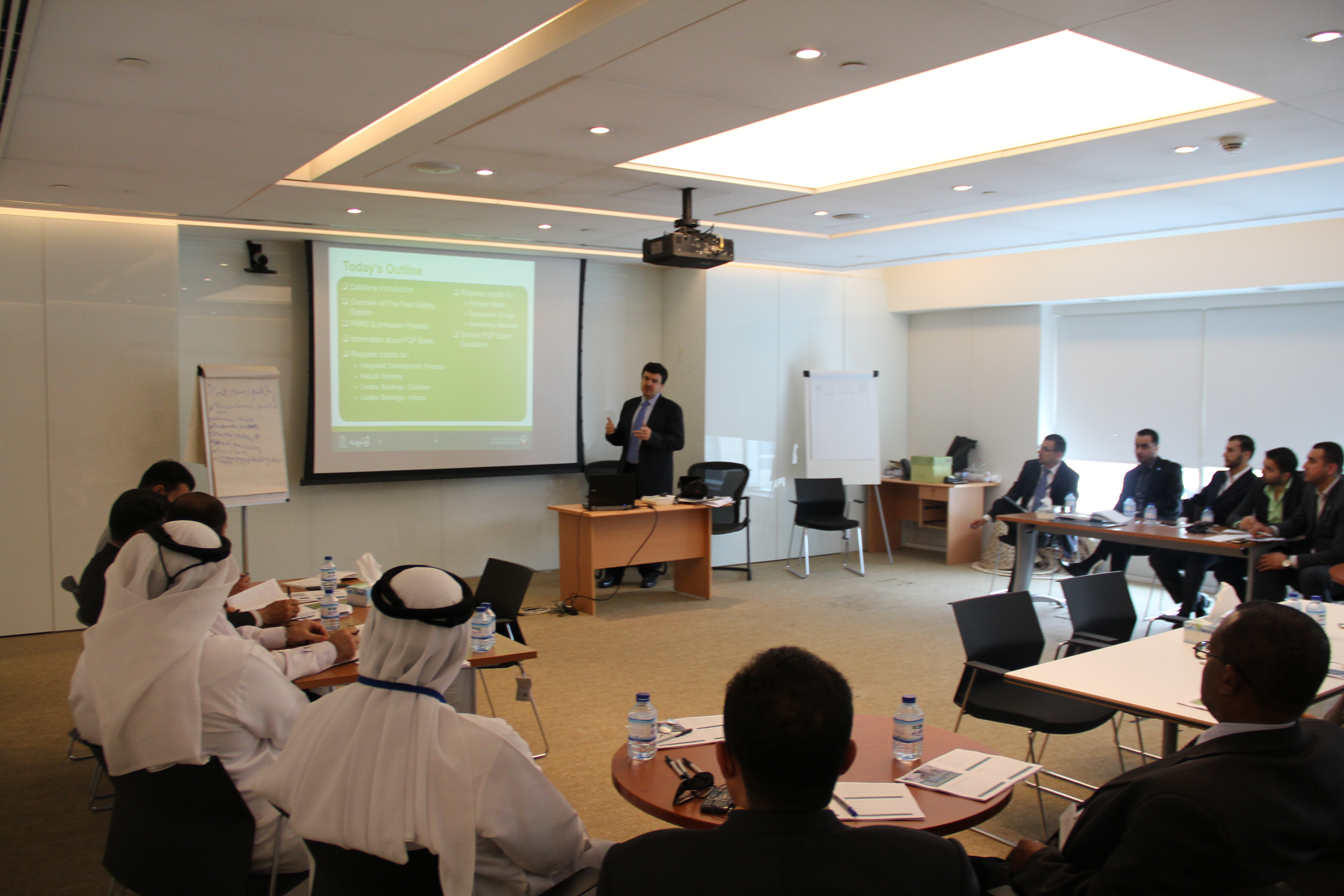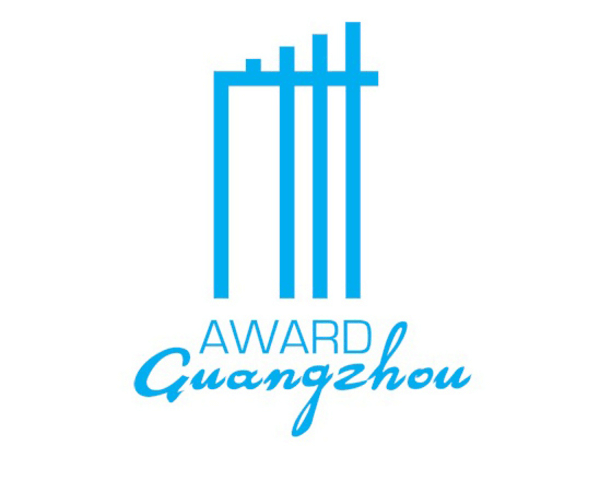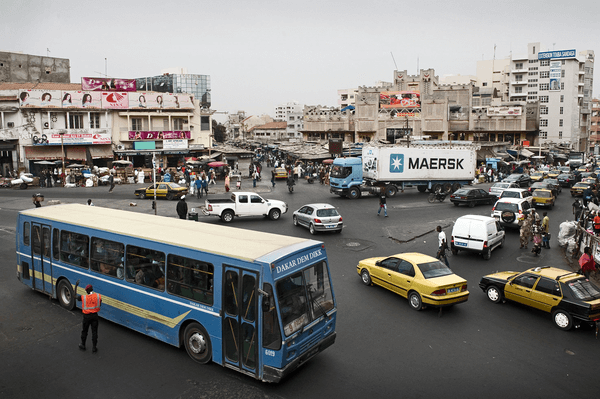City
Abu Dhabi
Main actors
City Government, National Government, Private Sector, Supranational / Intergovernmental Institutions, other
Project area
Whole City/Administrative Region
Duration
Ongoing since 2007
In one of the world’s most rapidly growing cities, a new government-mandated program – Estidama (Arabic for “sustainable”) - aims at making all new buildings in the United Arab Emirates more environmentally responsible and sustainable.
The Emirate of Abu Dhabi has created a vision through its ‘Plan 2030’ urban structure framework plan, which establishes sustainability principles as the foundation of any new development. Estidama is a holistic framework that enables the implementation of these sustainability principles to all scales of development.
Estidama introduces a mandatory audit procedure for each construction project. The rules ran into initial resistance from industry groups that feared increased costs and more difficult project approval. But independent analysis has confirmed that cost increases are negligible. By working closely with all stakeholders, Estidama has already changed the mind-set and implementation practices of the construction industry.
Guangzhou Award
This project was shortlisted for the 'Guangzhou Award' in 2014.
On Map
The Map will be displayed after accepting cookie policy
